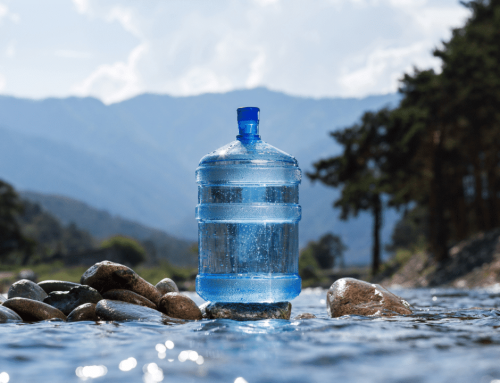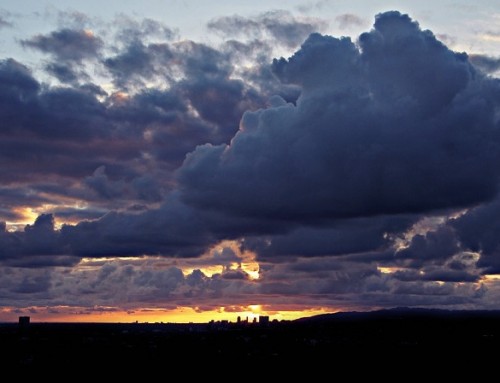 A research article entitled, “Expansion and Contraction of the Indo-Pacific Tropical Rain Belt over the Last Three Millennia” recently published in the journal Scientific Reports by Cornell College Professor of Geology Rhawn Denniston, helps shed light on past changes in the width of the tropical rain belt and reveals previously unidentified links between the two continents.
A research article entitled, “Expansion and Contraction of the Indo-Pacific Tropical Rain Belt over the Last Three Millennia” recently published in the journal Scientific Reports by Cornell College Professor of Geology Rhawn Denniston, helps shed light on past changes in the width of the tropical rain belt and reveals previously unidentified links between the two continents.
Australia and Southeast Asia are inexorably linked together by their summer rains, which form the largest monsoon system on the planet. The zone across which these rains fall (the tropical rain belt) is a region of tremendous biological diversity and home to around 40% of the global population.
The research looked at the rainfall amounts that fell in northern Australia over the past 3,000 years by examining the isotopes of oxygen in stalagmites.
“The ratio of these isotopes changes depending on the intensity of the rain,” Professor Denniston said. “As the water infiltrates into caves as dripwater, stalagmites forming from this water preserve the same isotopic ratios. By sampling the stalagmites, we are able to see past rainwater ratios. We also date the stalagmites very precisely by drilling out select areas and measuring the ratio of uranium to thorium, which tracks the age.”
Changes to the monsoon in northern Australia t match up with monsoon variations in southern China, according to Denniston, who attributes these changes to the size and movement of the tropical rain belt.
“The vast majority of models and studies have argued that the whole tropical rain belt shifted north or south as a coherent package through time,” Denniston said. “What our data suggest is that the tropical rain belt operates more like an accordion, expanding during some times, in which case both Australia and China get wetter, and contracting during others, in which case both Australia and China get drier. What’s particularly interesting is that climate models of the last millennium also support this result.”
This study will continue, and it is hoped that this and other studies of its kind will help us understand how better to handle global water to ensure that we always have enough.
Get bottled water coolers and mains water coolers from Living-Water.





